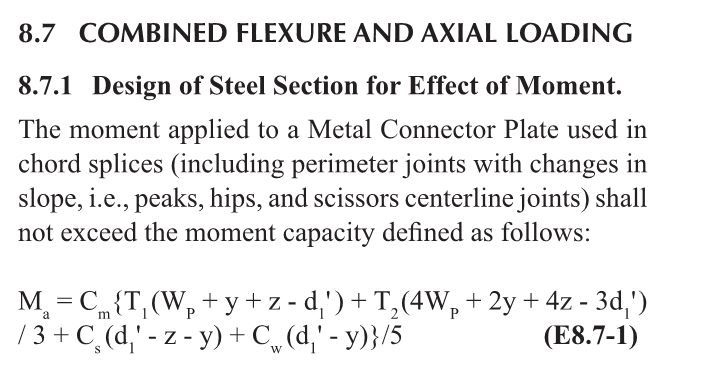Got a job where they want a vaulted ceiling with no ridge beam. I designed 2x8 rafters with V- shaped plywood gussets. The span is only about 8.5 ft. The builder got a quote from a truss company and they are proposing what is attached.
Basically, using the nail plate to act as a moment connection at the peak. Seems a bit sketchy to me.
What do you think?
Basically, using the nail plate to act as a moment connection at the peak. Seems a bit sketchy to me.
What do you think?

![[bigsmile] [bigsmile] [bigsmile]](/data/assets/smilies/bigsmile.gif)
